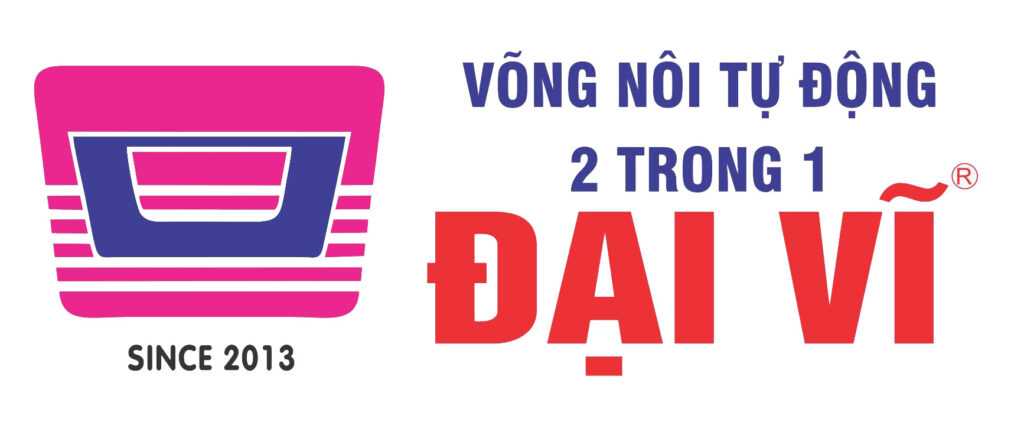Forex Trading
How leverage is used in forex trading
Any available funds to open further positions are referred to as ‘available equity’ and when expressed as a percentage, ‘margin level’. To manage the leverage risks properly, we recommend using trailing stops, keeping positions small and limiting the amount of capital for each position. Joey Shadeck is a Content Strategist and Research Analyst for ForexBrokers.com. He holds dual degrees in Finance and Marketing from Oakland University, and has been an active trader and investor for close to ten years. An industry veteran, Joey obtains and verifies data, conducts research, and analyzes and validates our content. If you are interested in using higher levels of leverage, I recommend using a highly trusted, well-regulated broker.
Risk of Excessive Real Leverage in Forex Trading
The forex market is the largest in the world with more than $5 trillion worth of currency exchanges occurring daily. Forex trading involves buying and selling the exchange rates of currencies with the goal that the rate will move in the trader’s favor. Forex currency rates are quoted or shown as bid and ask prices with the broker. If an investor wants to go long or buy a currency, they would be quoted the ask price, and when they want to sell the currency, they would be quoted the bid price.
You should consider whether you understand how CFDs work and whether you can afford to take the high risk of losing your money. Spread bets and CFDs are complex instruments and come with a high risk of losing money rapidly due to leverage. 69% of retail investor accounts lose money when spread betting and/or trading CFDs with this provider.
What is leverage in forex?
The volatility of a particular currency is a function of multiple factors, such as the politics and economics of its country. Therefore, events like economic instability in the form of a payment default or imbalance in trading relationships with another currency can result in significant volatility. To learn more about why I consistently rank IG at or near the top of every important category for forex brokers, check out my IG review.
Different types of leveraged products
- While stationary traders frequently use low leverage amounts, scalpers and breakout traders frequently utilise high leverage since they typically seek out quick transactions.
- In forex, leverage is the ratio of the trader’s capital to the broker’s available credit.
- The forex market is the largest in the world with more than $5 trillion worth of currency exchanges occurring daily.
- Margin calls should be avoided as they will lock in any of the trader’s losses, hence the margin level needs to be continuously monitored.
Higher leverage ratios may be found while exploring leveraged trading services, however applying too much leverage will hurt your positions. The leverage ratio compares the entire exposure field solution architect of your trade to the required margin. Depending on the market you are trading, the people you are trading it with, and the size of your position, your leverage ratio will change.
If GBP/USD rose 20 pips, you would still make the same profit of $200, but at a considerably reduced cost. Of course, if GBP/USD fell 20 pips then you would still lose $200, too – a larger loss in comparison to your initial deposit. Leverage exponential moving average levels vary from company to company and are based on the trading conditions offered by a particular Forex broker. Therefore, with only his own finite quantity of trading capital, a trader can trade considerably larger quantities than he would. Brokers set leverage ratios based on regulatory requirements, industry standards, client segmentation, and considerations related to currency pair volatility.
Leverage is the amount that your capital is magnified by, expressed as a ratio. Margin is the money What is trading scalping from the investor used to gain the enhanced exposure to a chosen asset. If the company’s share price rises by 40p, your 1,000 shares are now worth 140p each – a £400 profit.




